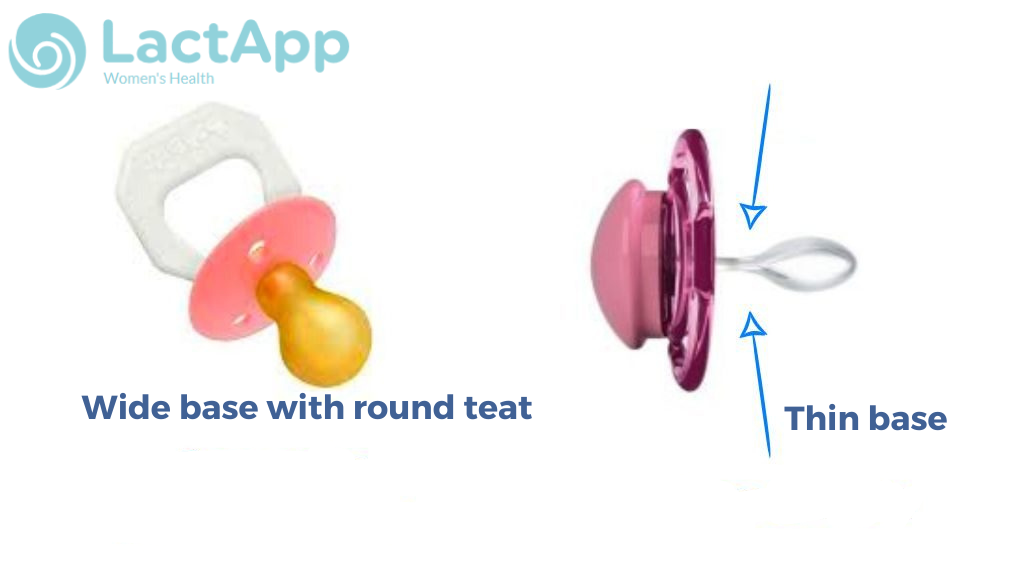
How to choose a pacifier
How do you choose the best pacifier? So you got informed about the pros and cons of using a pacifier and have made the decision to offer one to your baby. Now you have to choose one from the overwhelming options on the market. Here we explain what things you need to consider.
You may go to your local store, pharmacy, or online and find dozens of options, different sizes, shapes, colors, materials, customizable options, anatomical, ergonomic. There is so much choice! But which one should you choose?
Sure, each person may have different criteria when choosing a pacifier, depending on the age of the baby and the use they want to make of it. And, of course, the decision is yours. But even so, we give you some recommendations on what features are desirable in a pacifier to avoid the risk that it could negatively affect breastfeeding or the baby’s mouth during growth.
What types of pacifiers are there?
Anatomical pacifier: Although it is said to have a shape similar to that of the mother’s nipple during breastfeeding, it’s not true. The pacifier’s teat is round and slightly elongated, with a flat base and a narrower end.
Teardrop pacifier: The teardrop pacifier is also known as an orthodontic or physiological pacifier. Its teat is flat and wider at the end, similar to an inverted drop of water. This design is based on the idea that the pacifier should not interfere with the development of the baby’s mouth and teething. It is considered that teardrop pacifiers reduce the pressure put on the palate and teeth, avoiding possible malformations.
Cherry pacifier or round teat: This pacifier is the largest of all. It is completely round or only at the tip. This is the least recommended of them all because it is the one that can cause the most changes in a baby’s bite.
Four tips to keep in mind when choosing a pacifier
Whether you are exclusively breastfeeding, mixed feeding, or formula feeding, here are some things to keep in mind:
- That pacifier teat should be of silicone if possible. Silicone is easier to maintain in good hygienic conditions and is softer.
- Avoid ball-shaped or cherry-shaped pacifiers, as they have a greater risk of interfering with breastfeeding and, over time, affecting the correct growth of the palate and bite.
- Look for a pacifier where the connection between the base and the teat is as thin and flat as possible; this will reduce the risk of affecting the baby’s bite.
- Always choose the smallest possible pacifier size; the smaller, the better. And don’t change the size as your baby grows.
When can you give your baby a pacifier?
The decision whether or not to give a pacifier to your baby is a parenting decision for each family to make. But offering it during the first six weeks of a baby’s life is not recommended. Any suction other than at the breast, such as in the case of sucking on a pacifier or a bottle teat, can modify the baby’s sucking and interfere with breastfeeding. In addition, there is a risk that babies will have a feeling of fullness, which may cause them to breastfeed/feed less than they need.
Does my baby use the breast as a pacifier?
This is a common expression and question related to the use of pacifiers. If you are worried about this, you can read this article.
Do you have any other questions?
In our app LactApp you can find more information about the use of baby pacifiers; you can download it for free on your mobile!